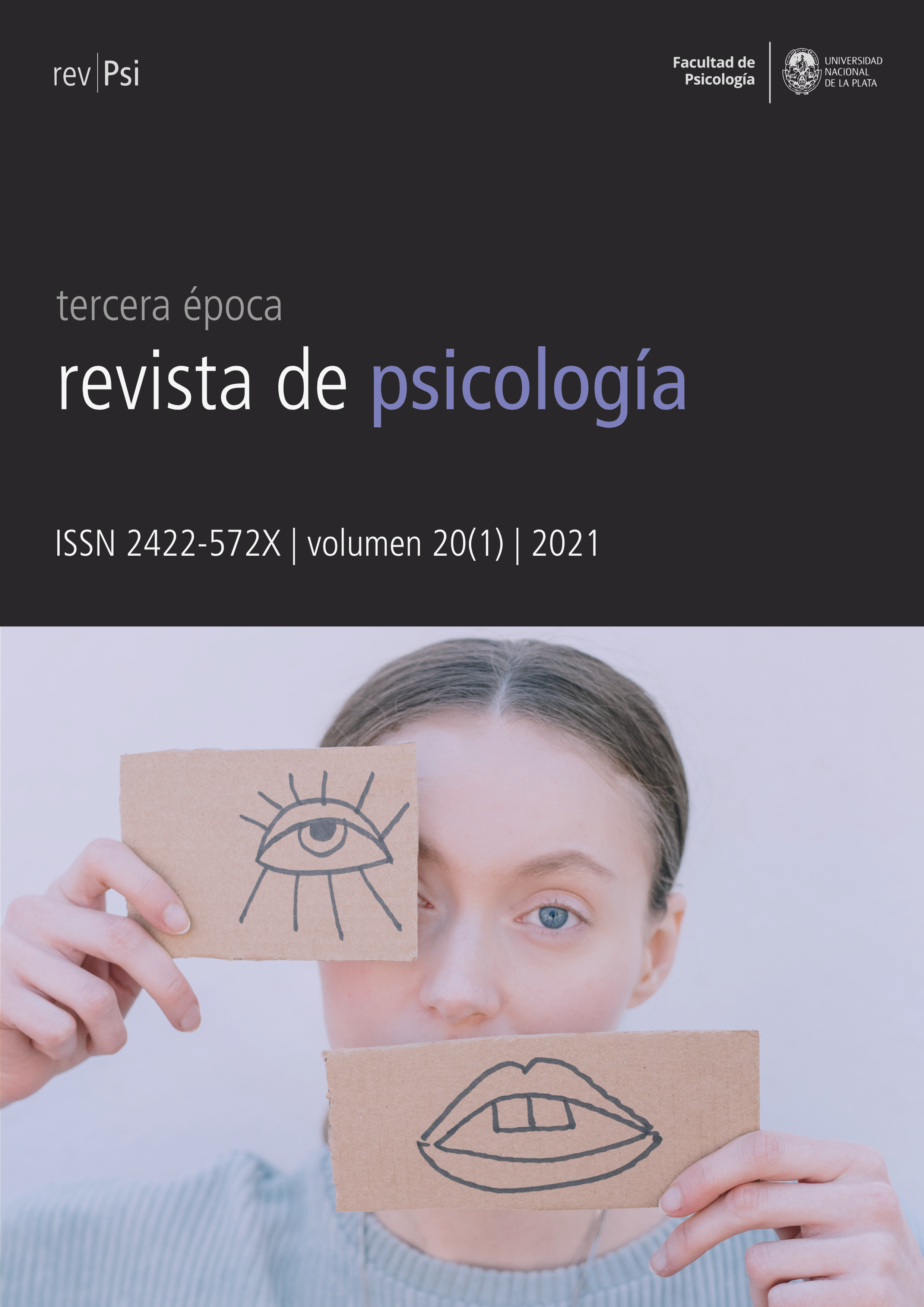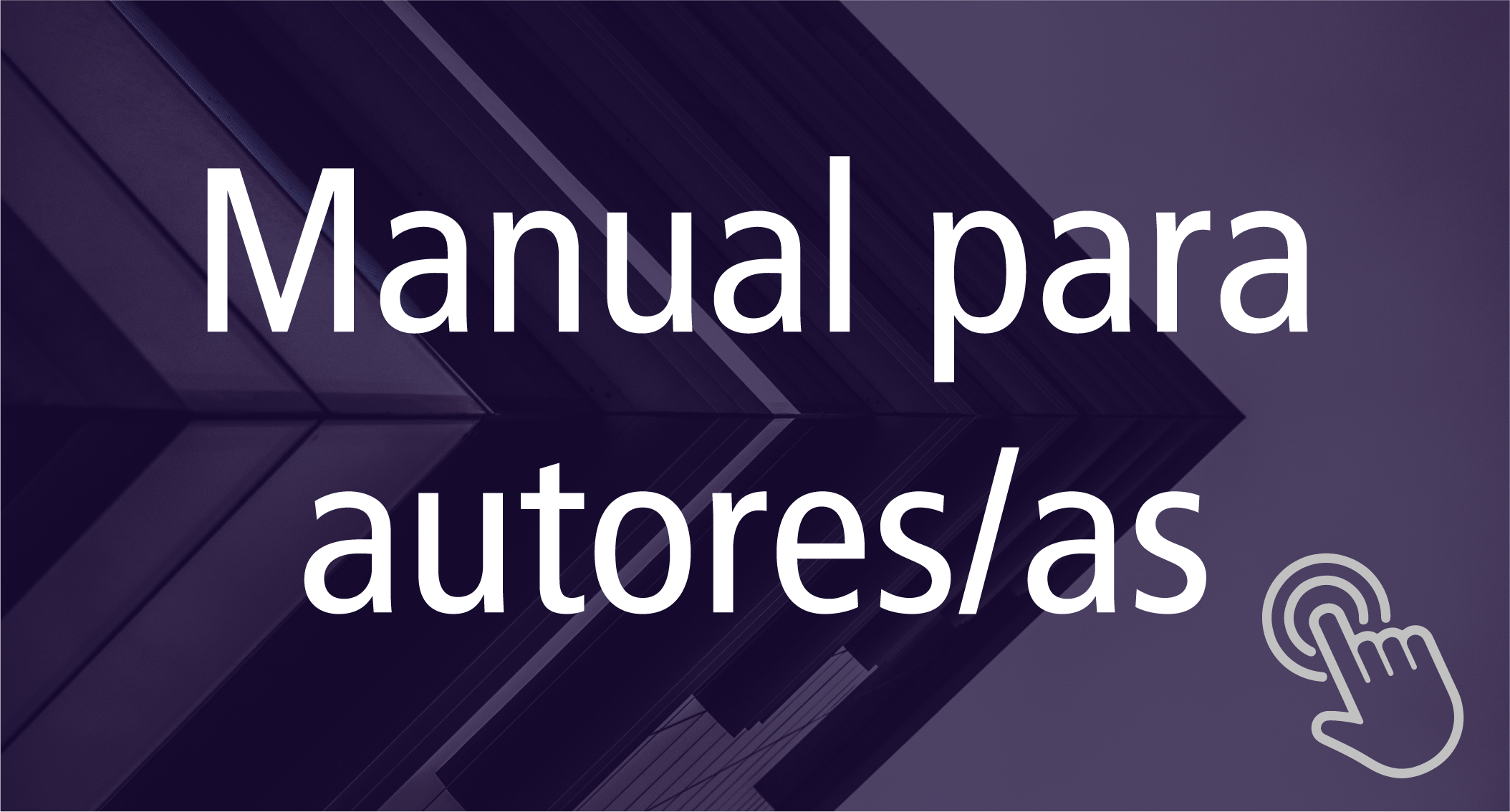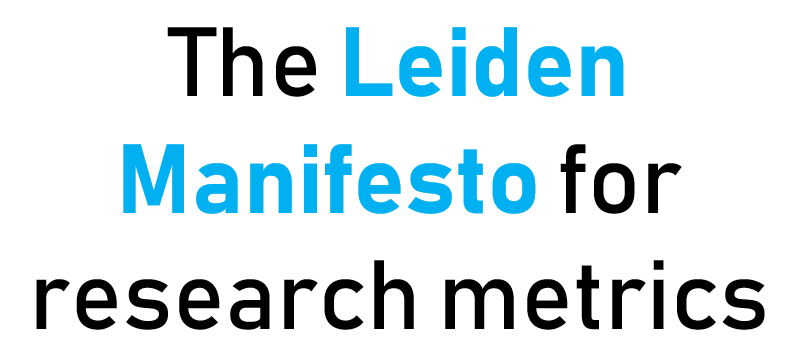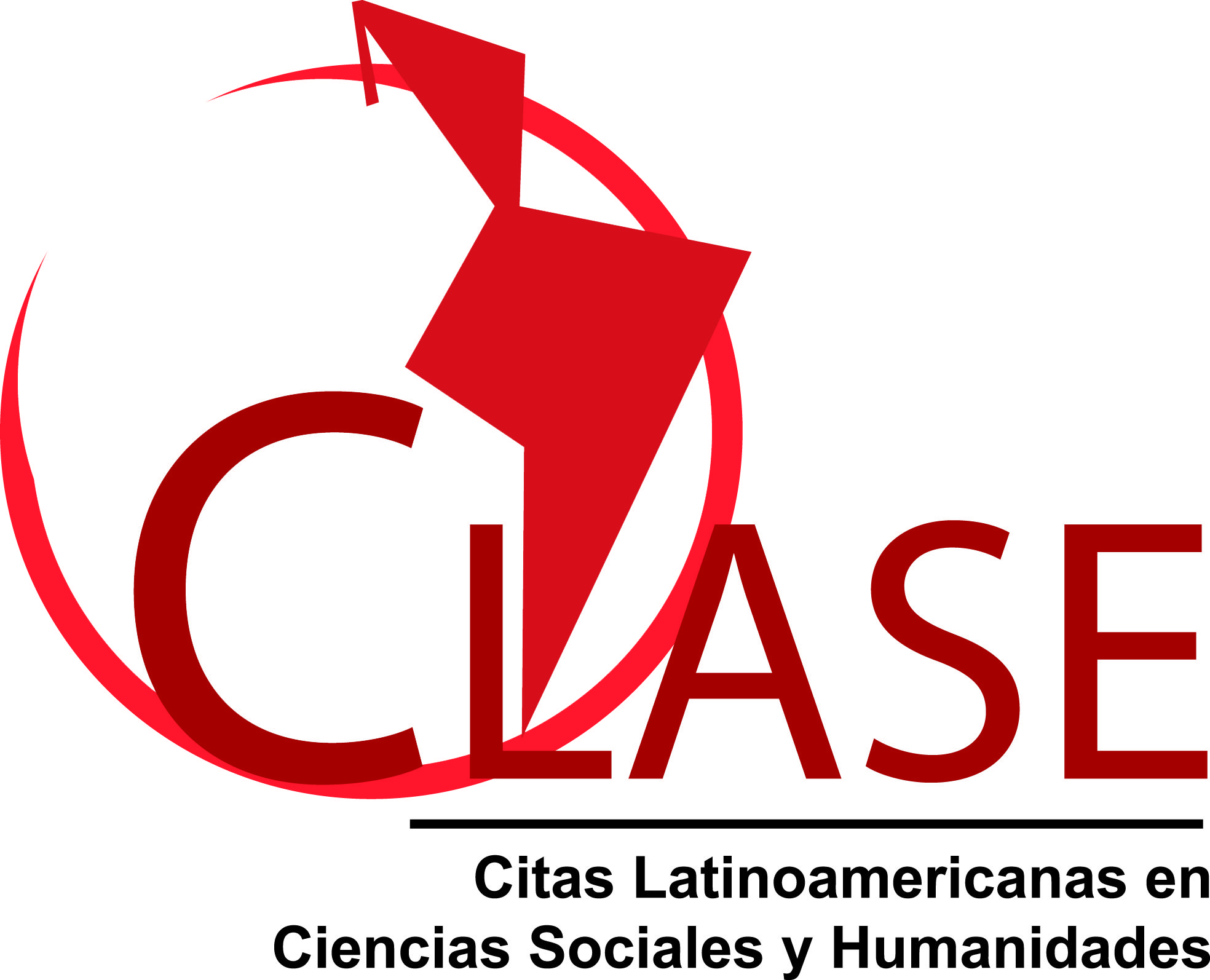Modification of maladaptive memories during sleep and wakefulness: an interdisciplinary perspective
DOI:
https://doi.org/10.24215/2422572Xe073Keywords:
reactivation, emotional memory, sleep, anxiety disordersAbstract
Consolidated memories can return to a labile state after a reminder presentation (cue associated to the initial learning) followed by a re-stabilization process known as reconsolidation. Furthermore, sleep has an active role in the formation and modification of memories, as well as in decreasing the emotional tone of the experiences. During sleep, new memories are reactivated, reinforced and integrated into pre-existing networks. Within the therapeutic context, old memories can be retrieved according to the subject's needs, and this could be triggering repeated labilization/re-stabilization processes, perhaps without being aware of it. . In this review we discuss the neuroscientific advances regarding memory reactivation and modification during sleep and wakefulness, as well as the latest approaches in psychotherapeutic therapies for anxiety disorders, with the aim of thinking about a more interdisciplinary practice.
Downloads
Metrics
References
Alberini, C. M. y Ledoux, J. E. (2013). Memory reconsolidation. Current Biology, 23, R746–R750. https://doi.org/10.1016/j.cub.2013.06.046
American Psychiatric Association (2013). DSM-5. Diagnostic and statistical manual of mental disorders (5ta edición). APA.
American Psychological Association, division 12. (8 de junio de 2020). Exposure therapies for specific phobias status: strong research support. https://www.div12.org/treatment/exposure-therapies-for-specific-phobias/
Anderson, M. C. y Hanslmayr, S. (2014). Neural mechanisms of motivated forgetting. Trends in Cognitive Sciences, 18(6), 279–292. https://dx.doi.org/10.1016%2Fj.tics.2014.03.002
Anderson, M. C., Bjork, R. A. y Bjork, E. L. (1994). Remembering can cause forgetting: retrieval dynamics in long-term memory. Journal of Experimental Psychology: Learning, Memory and Cognition, 20(5), 1063-1087.
Beck, A. T. (1985). Theoretical perspectives on clinical anxiety. LEA
Berger, R. J. y Phillips, N. H. (1995). Energy conservation and sleep. Behavioral and Brain Sciences, 69(1-2), 65-73. https://doi.org./10.1016/0166-4328(95)00002-b
Borbély, A. A., Daan, S., Wirz-Justice, A. y Deboer, T. (2016). The two-process model of sleep regulation: a reappraisal. Journal of Sleep Research, 25(2), 131–143. https://doi.org/10.1111/jsr.12371
Born, J. y Fehm, H.L. (1998). Hypothalamus—pituitary—adrenal activity during human sleep: a coordinating role for the limbic hippocampal system. Experimental and Clinical Endocrinology and Diabetes, 106,153–163. http://dx.doi.org/10.1055/s-0029-1211969
Born, J. y Wilhelm, I. (2012). System consolidation of memory during sleep. Psychological Research, 76(2), 192-203. https://doi.org/10.1007/s00426-011-0335-6
Bouton M. E. (2002). Context, ambiguity, and unlearning: sources of relapse after behavioral extinction. Biological Psychiatry, 52(10), 976–986. https://doi.org/10.1016/s0006-3223(02)01546-9
Braun, A. R., Balkin, T. J., Wesenten, N. J., Carson, R. E., Varga, M., Baldwin, P., Selbie, S., Belenky, G. y Herscovitch, P. (1997). Regional cerebral blood flow throughout the sleep-wake cycle. An H2(15)O PET study. Brain, 120(7), 1173-1197. https://doi.org/10.1093/brain/120.7.1173
Brunet, A., Orr, S. P., Tremblay, J., Robertson, K., Nader, K. y Pitman, R. K. (2008). Effect of post-retrieval propranolol on psychophysiologic responding during subsequent script-driven traumatic imagery in post-traumatic stress disorder. Journal of Psychiatric Research, 42(6), 503–506. https://doi.org/10.1016/j.jpsychires.2007.05.006
Buchsbaum, M. S., Gillin, J. C., Wu, J., Hazlett, E., Sicotte, N., Dupont, R. M. y Bunney, W. E., Jr (1989). Regional cerebral glucose metabolic rate in human sleep assessed by positron emission tomography. Life Sciences, 45(15), 1349–1356. https://doi.org/10.1016/0024-3205(89)90021-0
Buzsáki, G. (1989). Two-stage model of memory trace formation: a role for “noisy” brain states. Neuroscience, 31(3), 551-570.
Chalkia A, Weermeijer J, Van Oudenhove L and Beckers T (2019) Acute but not permanent effects of propranolol on fear memory expression in humans. Front. Hum. Neurosci., 13, 51. https://dx.doi.org/10.3389/fnhum.2019.00051
Chalkia, A., Van Oudenhove, L. y Beckers, T. (2020). Preventing the return of fear in humans using reconsolidation update mechanisms: A verification report of Schiller et al.(2010). Cortex, 129, 510-525. https://doi.org/10.1016/j.cortex.2020.03.031
Cirelli C, Tononi G (2008) Is sleep essential? PLoS Biol, 6(8), e216. https://doi.org/10.1371/journal.pbio.0060216
Clark, D.D y Beck, A. T. (2012). Terapia cognitiva para trastornos de ansiedad. Descleé de Brouwer.
Diekelmann, S. y Born, J. (2010). The memory function of sleep. Nature Reviews Neuroscience, 11(2), 114-126. https://doi.org/10.1038/nrn2762
Diekelmann, S., Büchel, C., Born, J. y Rasch, B. (2011). Labile or stable: opposing consequences for memory when reactivated during waking and sleep. Nature Neuroscience, 14(3), 381-386. https://doi.org/10.1038/nn.2744
Dudai, Y. (2004). Memory from A to Z: Keywords, concepts, and beyond. Oxford University Press.
Dudai, Y. y Morris, R.G.M. (2000). To consolidate or not to consolidate: What are the questions? In J. J. Bluhuis (Ed.), Brain, perception, memory. Advances in cognitive sciences (pp. 149–162). Oxford University Press.
Duss, S. B., Reber, T. P., Hänggi, J., Schwab, S., Wiest, R., Müri, R. M., ... y Henke, K. (2014). Unconscious relational encoding depends on hippocampus. Brain, 137(12), 3355-3370.
Ebbinghaus, D. (1885). Uber das Gedachtnis. Dunker y Humbolt.
Ekman, P. y Friesen, W. V. (2003). Unmasking the face: A guide to recognizing emotions from facial clues. ISHK. Malor Books.
Fernández, R. S., Bavassi, L., Forcato, C. y Pedreira, M. E. (2016a). The dynamic nature of the reconsolidation process and its boundary conditions: Evidence based on human tests. Neurobiology of Learning and Memory, 130, 202–212. https://doi.org/10.1016/j.nlm.2016.03.001
Fernández, R. S., Bavassi, L., Kaczer, L., Forcato, C. y Pedreira, M. E. (2016b). Interference conditions of the reconsolidation process in humans: The role of valence and different memory systems. Frontiers in Human Neuroscience, 10, 641. https://doi.org/10.3389/fnhum.2016.00641
Foa, E. B. y Kozak, M. J. (1986). Emotional processing of fear: exposure to corrective information. Psychological Bulletin, 99(1), 20.
Forcato, C., Argibay, P. F., Pedreira, M. E. y Maldonado, H. (2009). Human reconsolidation does not always occur when a memory is retrieved: the relevance of the reminder structure. Neurobiology of Learning and Memory, 91(1), 50-57. https://doi.org/10.1016/j.nlm.2008.09.011
Forcato, C., Burgos, V. L., Argibay, P. F., Molina, V. A., Pedreira, M. E. y Maldonado, H. (2007). Reconsolidation of declarative memory in humans. Learning and Memory, 14(4), 295-303. https://doi.org/10.1101/lm.486107
Forcato, C., Fernandez, R. S. y Pedreira, M. E. (2013). The role and dynamic of strengthening in the reconsolidation process in a human declarative memory: what decides the fate of recent and older memories? PLoS One, 8(4), e61688. https://doi.org/10.1371/journal.pone.0061688
Forcato, C., Rodríguez, M. L. y Pedreira, M. E. (2011). Repeated labilization-reconsolidation processes strengthen declarative memory in humans. PLoS One, 6(8), e23305. https://doi.org/10.1371/journal.pone.0023305
Forcato, C., Fernández, R. S. y Pedreira, M. E. (2014). Strengthening a consolidated memory: The key role of the reconsolidation process. Journal of Physiology - Paris, 108, 323–333. https://doi.org/10.1016/j.jphysparis.2014.09.001.
Forcato, C., Rodríguez, M. L., Pedreira, M. E. y Maldonado, H. (2010). Reconsolidation in humans opens up declarative memory to the entrance of new information. Neurobiology of Learning and Memory, 93(1), 77–84. https://doi.org/10.1016/j.nlm.2009.08.006
Groch, S., Preiss, A., McMakin, D. L., Rasch, B., Walitza, S., Huber, R. y Wilhelm, I. (2017). Targeted reactivation during sleep differentially affects negative memories in socially anxious and healthy children and adolescents. Journal of Neuroscience, 37(9), 2425-2434. https://doi.org/10.1523/jneurosci.1912-16.2017
Henke, K. (2010). A model for memory systems based on processing modes rather than consciousness. Nature Reviews Neuroscience, 11(7), 523-532.
Hobson, J. A., Pace-Schott, E. F. y Stickgold, R. (2000). Dreaming and the brain: toward a cognitive neuroscience of conscious states. Behavioral and Brain Sciences, 23, 793–842. https://doi.org./10.1017/s0140525x00003976
Hupbach, A., Gómez, R., Hardt, O. y Nadel, L. (2007). Reconsolidation of episodic memories: a subtle reminder triggers integration of new information. Learning and Memory, 14(1-2), 47-53. https://dx.doi.org/10.1101%2Flm.365707
Jacobacci, F., Armony, J. L., Yeffal, A., Lerner, G., Amaro, E., Jovicich, J., ... y Della-Maggiore, V. (2020). Rapid hippocampal plasticity supports motor sequence learning. Proceedings of the National Academy of Sciences, 117(38), 23898-23903.
Ji, D., Wilson, M. Coordinated memory replay in the visual cortex and hippocampus during sleep. Nat Neurosci, 10, 100–107 (2007). https://doi.org/10.1038/nn1825
Kandel, E. R., Jessell, T. M., Schwartz J. H. (2000). Mecanismos celulares del aprendizaje y la memoria. Neurociencia y conducta. Prentice Hall.
Kleim, B., Wilhelm, F. H., Temp, L., Margraf, J., Wiederhold, B. K. y Rasch, B. (2014). Sleep enhances exposure therapy. Psychological Medicine, 44(7), 1511-1519. https://doi.org/10.1017/s0033291713001748
Klinzing, J. G., Rasch, B., Born, J. y Diekelmann, S. (2016). Sleep's role in the reconsolidation of declarative memories. Neurobiology of Learning and Memory, 136, 166–173. https://doi.org/10.1016/j.nlm.2016.10.004
Knutson, K. L., Spiegel, K., Penev, P. y Van Cauter, E. (2007). The metabolic consequences of sleep deprivation. Sleep Medicine Reviews, 11(3), 163-178. https://dx.doi.org/10.1016/j.smrv.2007.01.002
Kuriyama, K., Soshi, T. y Kim, Y. (2010). Sleep deprivation facilitates extinction of implicit fear generalization and physiological response to fear. Biological Psychiatry, 68(11), 991-998. https://doi.org/10.1016/j.biopsych.2010.08.015
Lane R. D., Ryan L., Nadel L. y Greenberg L. (2015). Memory reconsolidation, emotional arousal, and the process of change in psychotherapy: new insights from brain science. Behavioral and Brain Sciences, 38, e1. https://doi.org/10.1017/s0140525x14000041
Lange, T., Dimitrov, S. y Born, J. (2010). Effects of sleep and circadian rhythm on the human immune system. Annals of the New York Academy of Sciences, 1193, 48-59. https://dx.doi.org/10.1111/j.1749-6632.2009.05300.x
Marr, D. (1971). Simple memory: A theory for archicortex. Philos Trans R Soc Lond B Biol Sci. 262(841), 23- 81.
McCarley, R.W. (2007). Neurobiology of REM and NREM sleep. Sleep Medicine, 8, 302-30. https://doi.org/10.1016/j.sleep.2007.03.005
McGaugh, J.L. (2004). The amygdala modulates the consolidation of memories of emotionally arousing experiences. Annual Review of Neuroscience, 27, 1–28. https://doi.org/10.1146/annurev.neuro.27.070203.144157
Moyano, M.D., Diekelmann, S., Pedreira, M.E., Born, J. y Forcato, C. (2019). Sleep accelerates re-stabilization of human declarative memories. Neurobiology of Learning and Memory, 162, 1-8. https://doi.org/10.1016/j.nlm.2019.04.012
Myers, K.M. y Davis, M. (2002) Behavioral and neural analysis of extinction. Neuron, 36, 567–584. https://doi.org/10.1016/s0896-6273(02)01064-4
Nader, K., Hardt, O., Einarsson, E. Ö. y Finnie, P. S. B. (2013). Chapter two - The Dynamic Nature of Memory. En C. M. Alberini (Ed.), Memory reconsolidation (pp. 15-41). Academic Press.
Nader, K., Schafe, G. E. y Le Doux, J. E. (2000). Fear memories require protein synthesis in the amygdala for reconsolidation after retrieval. Nature, 406(6797), 722-726. https://doi.org/10.1038/35021052
Oswald I. (1980). Sleep as restorative process: human clues. Progress in Brain Research, 53, 279–288. https://doi.org/10.1016/s0079-6123(08)60069-2
Pedreira, M. E., Pérez-Cuesta, L. M. y Maldonado, H. (2004). Mismatch between what is expected and what actually occurs triggers memory reconsolidation or extinction. Learning y Memory, 11(5), 579-585. https://dx.doi.org/10.1101%2Flm.76904
Rasch, B. y Born, J. (2013). About sleep's role in memory. Physiological Reviews, 93(2), 681-766. https://doi.org/10.1152/physrev.00032.2012
Rasch, B., Büchel, C., Gais, S. y Born, J. (2007). Odor cues during slow-wave sleep prompt declarative memory consolidation. Science, 315(5817), 1426–1429. https://doi.org/10.1126/science.1138581
Reber, T. P., Luechinger, R., Boesiger, P. y Henke, K. (2014). Detecting analogies unconsciously. Frontiers in Behavioral Neuroscience, 8, 9.
Reber, T. P. y Henke, K. (2011). Rapid formation and flexible expression of memories of subliminal word pairs. Frontiers in Psychology, 2, 343.
Rechtschaffen, A. y Bergmann, B. M. (1995). Sleep deprivation in the rat by the disk-over-water method. Behavioral and Brain Sciences, 69(1-2), 55-63. https://doi.org/10.1016/0166-4328(95)00020-t
Rechtschaffen, A. y Kales, A. (1968). A manual of standardized terminology, technique and scoring system for sleep stages of human sleep. UCLA.
Rudoy, J. D., Voss, J. L., Westerberg, C. E. y Paller, K. A. (2009). Strengthening individual memories by reactivating them during sleep. Science, 326(5956), 1079. https://doi.org/10.1126/science.1179013
Schiller, D., Monfils, M-H., Raio, C. M., Johnson, D.C., Ledoux, J.E. y Phelps, E.A. (2010). Preventing the return of fear in humans using reconsolidation update mechanisms. Nature, 463, 49–53. https://doi.org/10.1038/nature08637
Schwabe, L., Nader, K., Wolf, O.T., Beaudry, T. y Pruessner, J. C. (2012). Neural signature of reconsolidation impairments by propranolol in humans. Biological Psychiatry, 71(4), 380‐386. https://doi.org/10.1016/j.biopsych.2011.10.028
Schwabe, L. y Wolf, O.T. (2009). New episodic learning interferes with the reconsolidation of autobiographical memories. Plos ONE, 4(10), e7519. https://doi.org/10.1371/journal.pone.0007519.
Sevenster, D., Beckers, T. y Kindt, M. (2013). Prediction error governs pharmacologically induced amnesia for learned fear. Science, 339(6121), 830–833. https://doi.org/10.1126/science.1231357
Sinclair AH, Barense MD. (2019). Prediction error and memory reactivation: How incomplete reminders drive reconsolidation. Trends Neurosci., 42(10), 727-739.
Soeter, M. y Kindt, M. (2015). An abrupt transformation of phobic behavior after a post-retrieval amnesic agent. Biological Psychiatry, 78, 880–886. https://doi.org/10.1016/j.biopsych.2015.04.006
Squire, L. R. y Dede, A. J. (2015). Conscious and unconscious memory systems. Cold Spring Harbor Perspectives in Biology, 7(3), a021667.
Steriade, M., Timofeev, I. y Grenier, F (2001). Natural waking and sleep states: a view from inside neocortical neurons. Journal of Neurophysiology, 85(5), 1969–1985. https://doi.org./10.1152/jn.2001.85.5.1969
Tononi G. y Cirelli C. (2006). Sleep function and synaptic homeostasis. Sleep Medicine Reviews, 10, 49–62. https://doi.org/10.1016/j.smrv.2005.05.002
Tononi, G. y Cirelli, C. (2014). Sleep and the price of plasticity: from synaptic and cellular homeostasis to memory consolidation and integration. Neuron, 81, 12–34. https://doi.org/10.1016/j.neuron.2013.12.025.
Tulving, E. (1972). Episodic and semantic memory. Organization of Memory, 1, 381-403.
Van Cauter, E., Spiegel, K., Tasali, E. y Leproult, R. (2008). Metabolic consequences of sleep and sleep loss. Sleep Medicine, 9, S23-28. https://doi.org/10.1016/S1389-9457(08)70013-3
Van der Helm E. y Walker M. P. (2010). Sleep and emotional memory processing. Sleep Medicine Clinics, 6, 31–43. https://doi.org/10.1016/j.jsmc.2010.12.010
Vanderheyden, W. M., Poe, G. R. y Liberzon, I. (2014). Trauma exposure and sleep: using a rodent model to understand sleep function in PTSD. Experimental Brain Research, 232(5), 1575–1584. https://doi.org/10.1007/s00221-014-3890-4
Varga A. W., Wohlleber M. E., Giménez S., Romero S., Alonso J. F., Ducca E. L., et al. (2016). Reduced slow-wave sleep is associated with high cerebrospinal fluid abeta42 levels in cognitively normal elderly. Sleep, 39, 2041–2048. https://doi.org/10.5665/sleep.6240
Velázquez-Moctezuma, J., Shalauta, M., Gillin, J.C. y Shiromani, P. J. (1991). Cholinergic antagonists and REM sleep generation. Brain Research, 543, 175–179. https://doi.org/10.1016/0006-8993(91)91064-8
Vorster, A. P. y Born, J. (2015). Sleep and memory in mammals, birds and invertebrates. Neuroscience y Biobehavioral Reviews, 50, 103–119. https://doi.org/10.1016/j.neubiorev.2014.09.020
Walker, M. P. y van der Helm, E. (2009). Overnight therapy? The role of sleep in emotional brain processing. Psychological Bulletin, 135(5), 731-48. https://doi.org/10.1037/a0016570
Webb, W. B. (1988). An objective behavioral model of sleep. Sleep: Journal of Sleep Research y Sleep Medicine, 11(5), 488–496. https://doi.org/10.1093/sleep/11.5.488
Wuethrich, S., Hannula, D. E., Mast, F. W. y Henke, K. (2018). Subliminal encoding and flexible retrieval of objects in scenes. Hippocampus, 28(9), 633-643.
Downloads
Published
How to Cite
Issue
Section
License
![]()
Authors who publish in this journal accept the following conditions:
- Authors retain the copyright and assign the right of first publication to the journal, with the work registered under a Creative Commons attribution license (CC-BY), which allows third parties to use what is published whenever they mention the authorship of the work and the first publication in this magazine.
- Authors can make other independent and additional contractual agreements for the non-exclusive distribution of the article published in this journal (e.g., include it in an institutional repository or publish it in a book) as long as they clearly indicate that the work was published for the first time in this magazine.
- Authors are allowed and encouraged to publish their work on the Internet (e.g., on institutional or personal webpages) before and during the review and publication process, as it can lead to productive exchanges and greater and faster dissemination of published work (see The Effect of Open Access ).





































